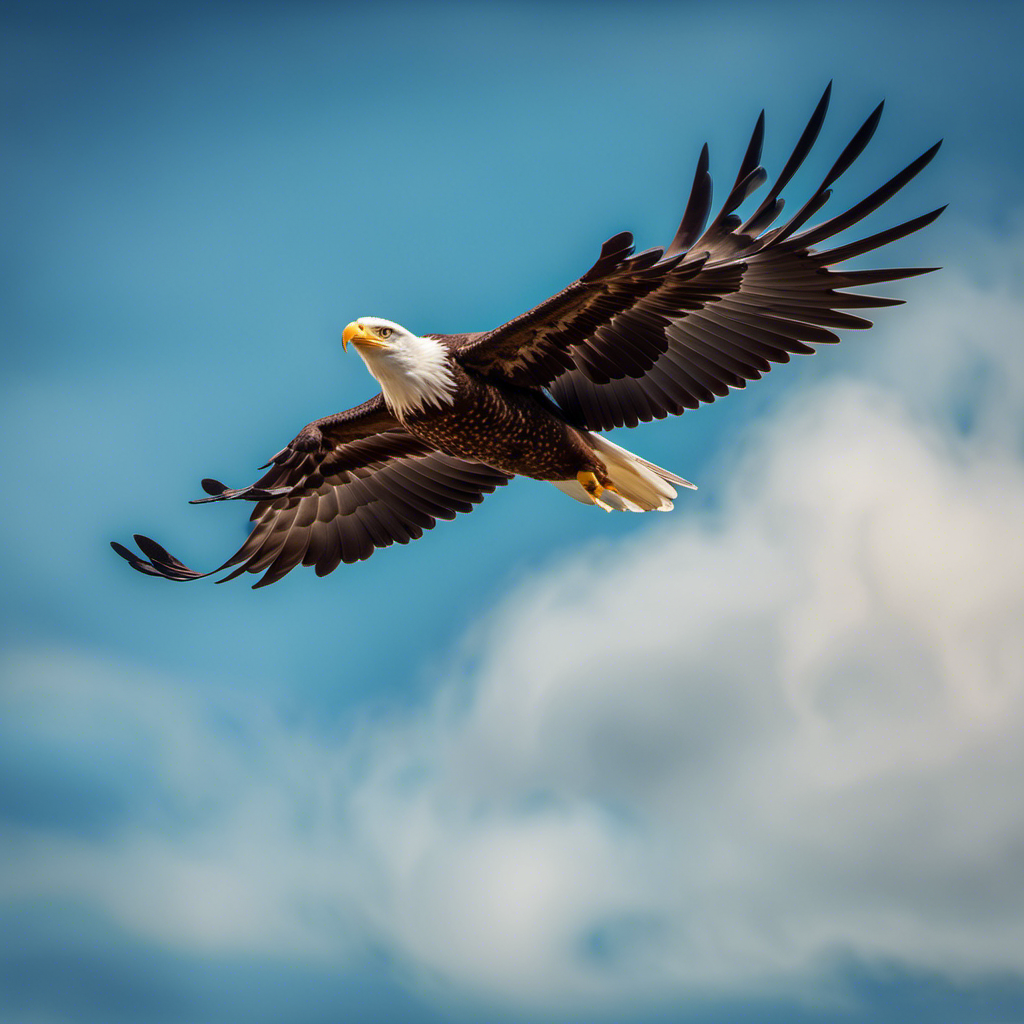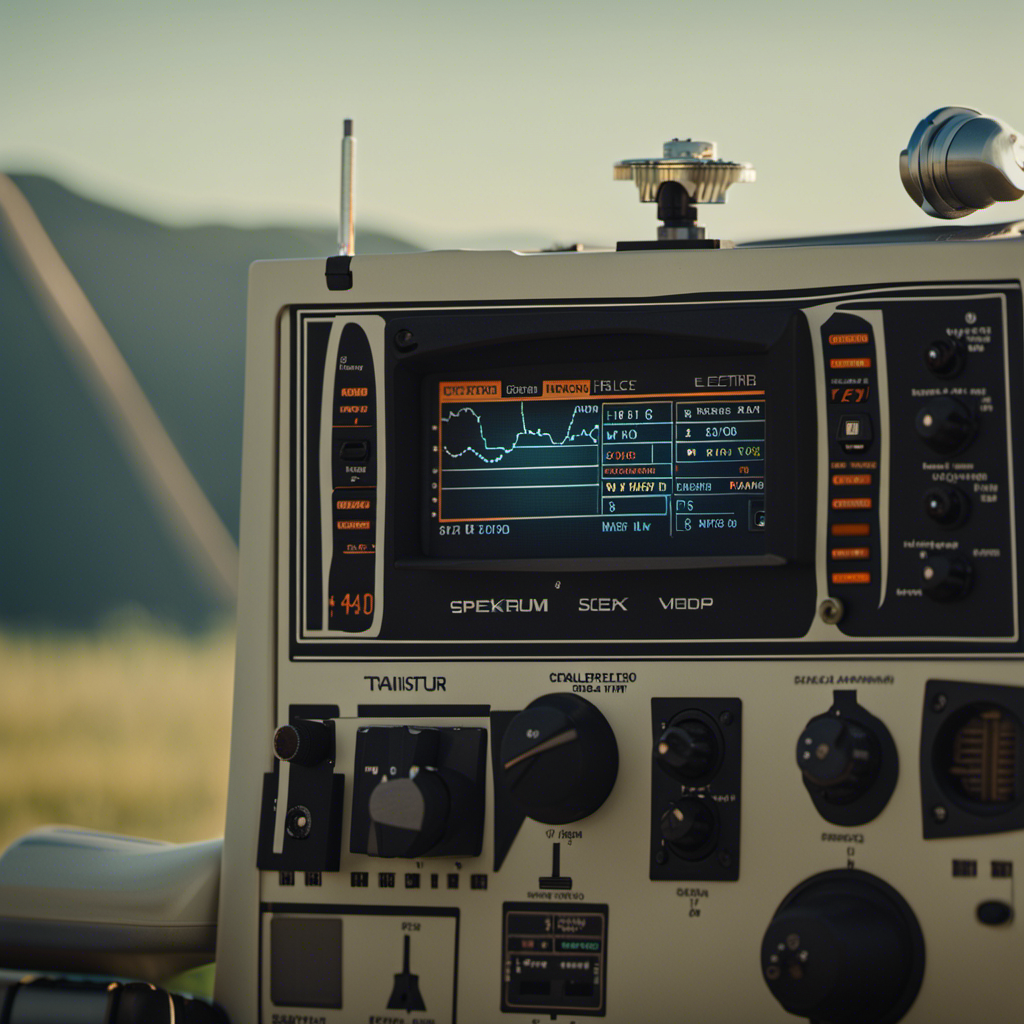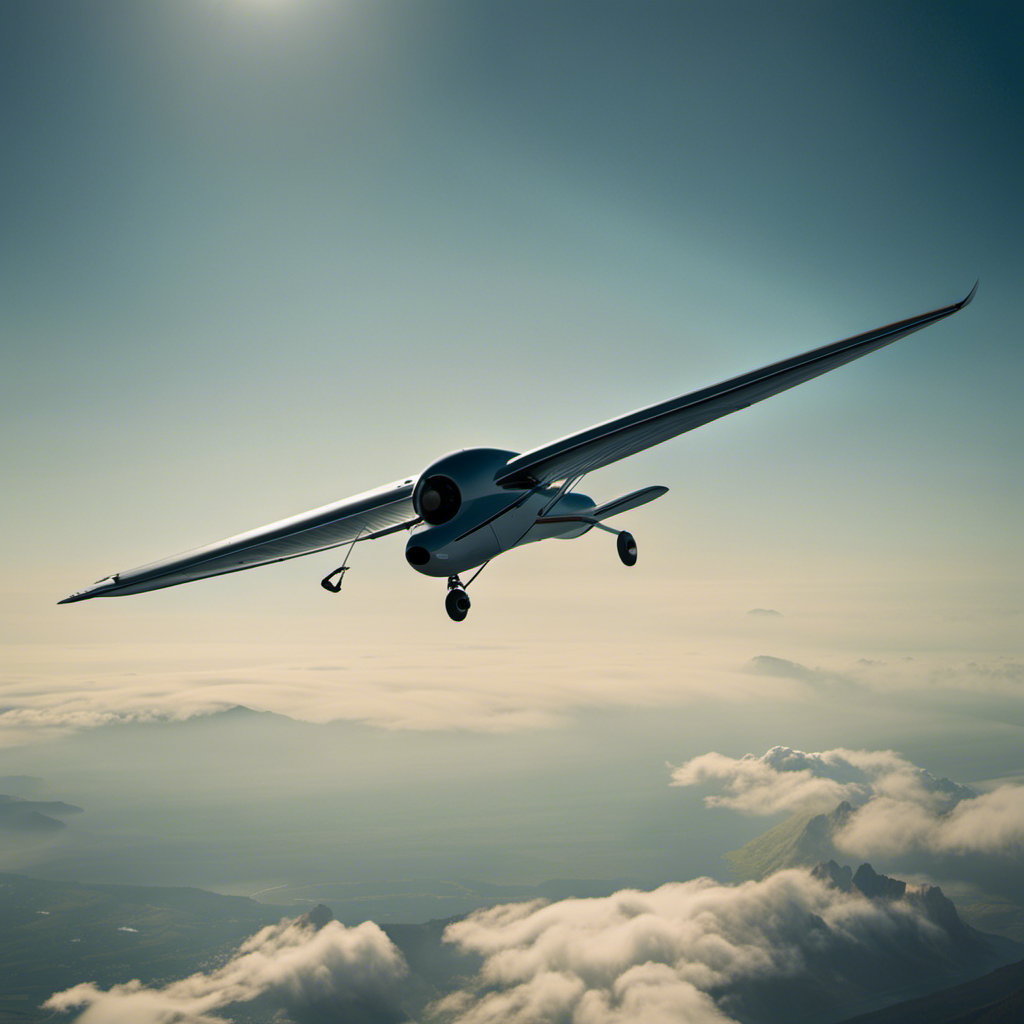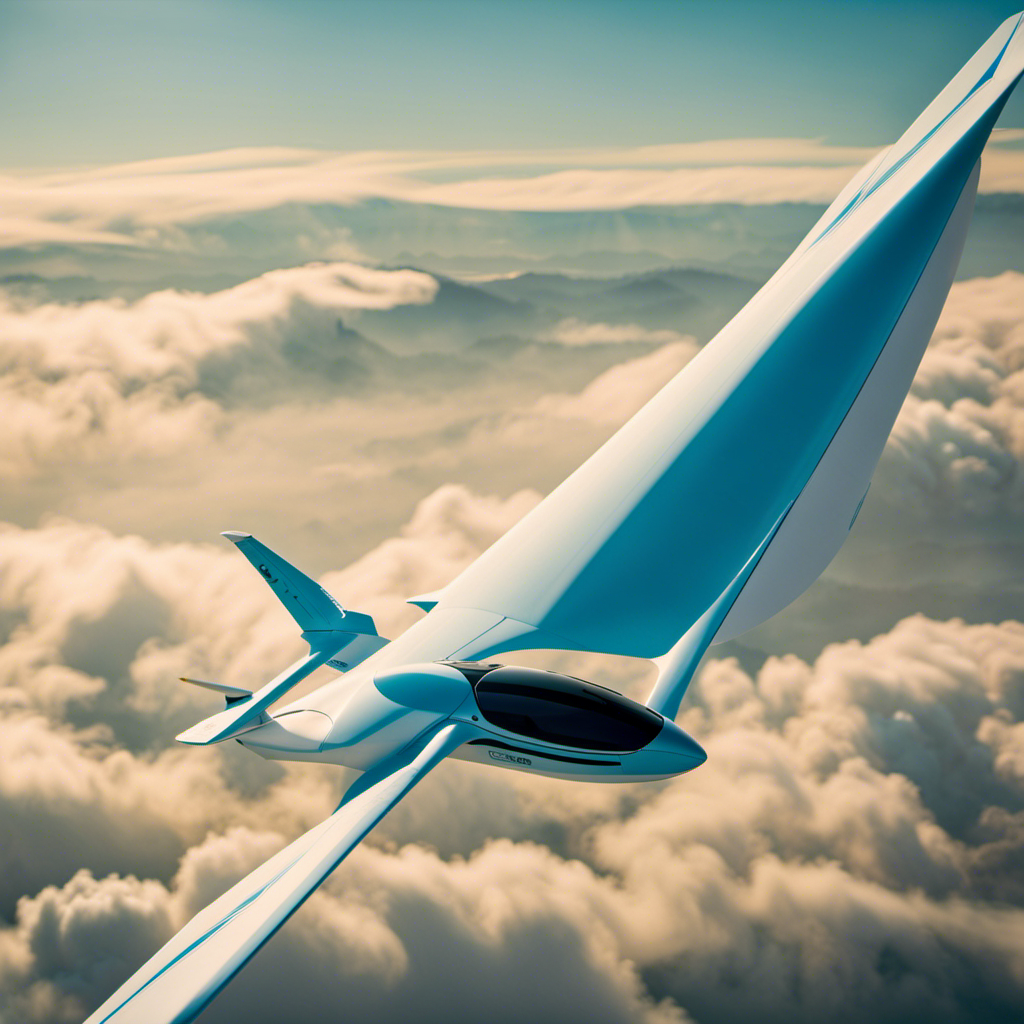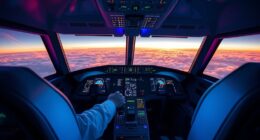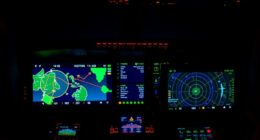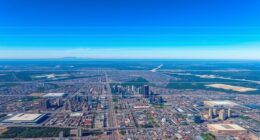Flying in the air is an amazing adventure, but have you ever thought about whether gliding could provide that same excitement? Let me tell you, gliding is not your typical flight. It’s a captivating experience with the breeze, gracefully defying gravity with precision.
In this article, we will delve into the world of gliding and explore its similarities and differences with flying. Get ready to be swept away as we unravel the secrets of gliding and its profound connection to the art of flight.
Key Takeaways
- Gliding is a form of flying that relies on air currents and thermals instead of an engine.
- Gliding allows for a serene and peaceful experience without engine noise.
- Gliding techniques include finding thermals, ridge soaring, and using wave lift to gain altitude.
- Gliding has contributed to the development of aviation by improving understanding of flight principles, aerodynamics, and flight control techniques.
Definition and Explanation of Gliding
Do you know what gliding actually means?
Gliding is a method of flying without the use of an engine. It involves using the natural forces of the air to maintain and control the aircraft’s altitude and speed.
Gliders, also known as sailplanes, are designed to maximize lift and minimize drag in order to stay aloft for extended periods of time. Gliding techniques include finding rising air currents, known as thermals, and using them to gain altitude.
Safety measures are of utmost importance in gliding. Pilots must undergo extensive training to understand aerodynamics, weather patterns, and emergency procedures. They also need to adhere to strict pre-flight checklists and guidelines to ensure the safety of themselves and their passengers.
Now let’s explore the key differences between gliding and flying without losing momentum.
Key Differences Between Gliding and Flying
Learn about the key differences between gliding and flying so you can understand the distinction between these two forms of aerial movement.
Gliding, also known as soaring, is a type of flight where an aircraft remains airborne without the use of an engine. In contrast, powered flight involves the use of an engine to generate thrust and maintain altitude.
While both gliding and powered flight involve the movement through the air, the main difference lies in the source of propulsion. Gliders rely on natural forces such as thermals and updrafts to maintain their altitude and achieve lift, whereas powered aircraft utilize engines to generate the necessary thrust.
Understanding these differences is crucial in comprehending the various methods by which gliders achieve lift.
How Gliders Achieve Lift
Gliders achieve lift by utilizing natural forces such as thermals and updrafts. Gliding techniques involve skillfully harnessing these forces to maintain and prolong flight. The most important element in gliding is wind. Wind speed and direction greatly influence a glider’s ability to stay aloft.
When wind encounters a hill or a mountain, it is forced to rise, creating an upward current known as an updraft. Gliders take advantage of updrafts by flying into them, allowing the rising air to support their weight and keep them airborne.
Thermals, on the other hand, are columns of warm air that rise from the earth’s surface. Gliders can soar within thermals, gaining altitude and extending their flight time.
Understanding wind patterns and the use of these natural forces are crucial for successful gliding. By mastering these techniques, gliders can navigate the sky with precision and efficiency.
Moving on to types of gliders and their designs…
Types of Gliders and Their Designs
Different types of gliders have unique designs that maximize their performance and efficiency in the air. There are several types of gliders, including sailplanes, hang gliders, and paragliders.
Sailplanes are designed with long wings and a sleek fuselage to achieve maximum lift and minimize drag. They often have a high aspect ratio, which means the wings are long and narrow.
Hang gliders have a delta wing shape, with a flexible wing made of fabric stretched over a frame. This design allows for easy maneuverability and quick turns.
Paragliders have a similar design to parachutes, with a large wing shape that provides good lift and stability.
These different glider designs cater to specific flying styles and conditions, ensuring that gliders can soar through the air with ease and grace.
Transitioning into the next section, gliding as a recreational activity offers individuals the opportunity to experience the thrill of flying without an engine.
Gliding as a Recreational Activity
When you participate in gliding as a recreational activity, you’ll experience the thrill of soaring through the air without an engine. Gliding is not only exhilarating but also requires careful attention to glider safety and regular maintenance. Here are four key aspects to consider:
-
Pre-flight inspection: Before every flight, it’s crucial to thoroughly inspect the glider for any signs of damage or wear. This includes checking the control surfaces, landing gear, and the canopy for any defects or loose parts.
-
Flight planning: It’s essential to plan your flight carefully, considering factors such as weather conditions, airspace restrictions, and emergency landing options. This ensures a safe and enjoyable experience.
-
Emergency procedures: Being prepared for emergencies is vital in gliding. Familiarize yourself with emergency procedures, including how to handle unexpected weather changes, canopy failures, or mid-air collisions.
-
Regular maintenance: Regular maintenance of the glider is crucial for its continued safe operation. This includes routine inspections, lubrication of moving parts, and replacement of worn-out components.
By following these guidelines, you can ensure a safe and enjoyable gliding experience.
Now let’s explore the world of gliding competitions and records.
Gliding Competitions and Records
When it comes to gliding competitions and records, there are two key points to consider: distance and duration records, as well as aerobatic competitions.
Distance and duration records are important in showcasing the capabilities of gliders and the skill of the pilots. These records are achieved by covering the greatest distance or staying airborne for the longest period of time.
On the other hand, aerobatic competitions focus on the precision and skill of the pilots as they perform a series of intricate maneuvers and stunts in the air.
Distance and Duration Records
Gliders have set impressive distance and duration records in the world of aviation. When it comes to distance records, gliders have achieved remarkable feats. In 2003, the Perlan II glider soared to an astonishing altitude of 76,124 feet, surpassing all previous records. This glider utilized wind currents known as mountain waves to achieve such heights.
In terms of duration records, the Solar Impulse 2, a solar-powered glider, completed a round-the-world journey in 2016. It covered a distance of over 26,000 miles and stayed aloft for a total of 505 hours and 27 minutes. These records demonstrate the incredible capabilities of gliders and their ability to sustain flight for extended periods.
Moving on to aerobatic competitions…
Aerobatic Competitions
You can witness incredible feats of skill and precision in aerobatic competitions. Pilots push the boundaries of their aircraft’s capabilities, executing a range of complex aerial maneuvers that captivate spectators. These aerobatic maneuvers are carefully choreographed and require exceptional control and coordination.
Safety regulations play a crucial role in ensuring that these competitions are conducted in a controlled environment, minimizing the risk to both pilots and spectators. For example, strict altitude limits are enforced to prevent unintentional collisions or mid-air accidents. Additionally, pilots must adhere to specific guidelines regarding speed and distance to maintain a safe operating margin. These safety regulations, combined with the mastery of aerobatic maneuvers, allow pilots to push the limits while ensuring the overall safety of the competition.
Transitioning to the subsequent section, let’s now explore the advantages and limitations of gliding.
Advantages and Limitations of Gliding
If you’re considering gliding, it’s important to understand the advantages and limitations of this form of flying.
Gliding offers several advantages over powered flight. Firstly, it allows for a more serene and peaceful experience, as there is no noise from an engine. Additionally, gliders have the ability to stay aloft for extended periods of time, taking advantage of thermals and other atmospheric conditions. This allows pilots to cover long distances without the need for fuel.
However, there are limitations to gliding as well. Gliders are highly dependent on weather conditions and require specific types of atmospheric phenomena to gain altitude. Moreover, gliders lack the ability to climb or accelerate quickly, making them unsuitable for certain types of missions.
Understanding these advantages and limitations is crucial in making informed decisions when it comes to gliding.
Transitioning into the subsequent section about gliding in aviation history, it is fascinating to explore how gliding has evolved over time.
Gliding in Aviation History
During the early experiments with gliding, aviation pioneers sought to understand the principles of flight without the use of engines. These experiments involved constructing and testing various glider designs, often with limited success.
However, through these trials and errors, valuable insights were gained that would later contribute to the development of powered flight and the advancement of aviation as a whole.
Early Gliding Experiments
Learn about the early gliding experiments and how they paved the way for modern flight.
Early gliding pioneers such as Otto Lilienthal and the Wright brothers conducted their experiments at historical gliding locations like the sand dunes of Kitty Hawk, North Carolina. These pioneers sought to understand the principles of flight and develop methods to sustain controlled glides.
Through meticulous observations and meticulous design improvements, they made significant advancements in aerodynamics and flight control, laying the foundation for the development of powered flight.
Their experiments involved testing various wing shapes, control mechanisms, and techniques for maintaining stability in the air.
These early gliding experiments were crucial in understanding the fundamental principles of flight and provided valuable insights that would later contribute to the development of aviation.
Contributions to Aviation Development
The early gliding experiments made significant advancements in aerodynamics and flight control, laying the foundation for the development of powered flight. These aviation advancements had a profound impact on the future of aviation.
Here are three key contributions:
-
Improved understanding of lift and drag: Through gliding experiments, researchers were able to gain valuable insights into the principles of aerodynamics, specifically the forces of lift and drag. This knowledge paved the way for the design of more efficient aircraft wings and airfoils.
-
Enhanced flight control techniques: Gliding allowed pilots to explore different methods of controlling the aircraft’s pitch, roll, and yaw. This led to the development of mechanisms such as ailerons, elevators, and rudders, which are crucial for maintaining stability and maneuverability in powered flight.
-
Increased safety measures: Gliding experiments helped identify potential risks and challenges associated with flying. This led to the implementation of safety measures such as stall recovery techniques, emergency procedures, and improved pilot training, all of which continue to enhance the safety of aviation today.
These aviation advancements have had a lasting impact on the field, shaping the way we understand and approach flight. Gliding was not simply a step towards powered flight, but rather a crucial foundation that propelled the development of aviation as we know it.
Gliding as a Form of Flying
Gliding, also known as soaring, is a type of flying where an aircraft uses air currents to stay aloft without an engine. Unlike powered flight, which relies on the continuous propulsion provided by an engine, gliding involves harnessing the natural forces of the atmosphere to maintain altitude and move through the air.
Gliders are designed to have a high lift-to-drag ratio, allowing them to maximize their time in the air by minimizing drag. This is achieved through various gliding techniques and strategies, such as finding areas of rising air called thermals, ridge soaring along the slopes of hills, or using wave lift created by wind interacting with mountains. These techniques require careful observation of the environment and skillful piloting to take full advantage of the available energy sources.
Gliding offers a unique perspective on flight, showcasing the harmony between aircraft and the natural elements that enable sustained flight without an engine.
Transitioning into the subsequent section about the conclusion: the relationship between gliding and flying, it is clear that gliding represents a distinct form of flying that relies on different principles and techniques compared to powered flight.
Conclusion: The Relationship between Gliding and Flying
As I wrap up my exploration of gliding as a form of flying, it is clear that there is a strong relationship between gliding and soaring. Gliding, as I have discovered, refers to the act of flying without any means of propulsion, relying solely on the forces of nature to stay aloft.
Soaring, on the other hand, is the art of using the natural air currents and thermals to gain altitude and extend flight time.
In conclusion, gliding is not only a form of flying, but it is also a thrilling sport and leisure activity enjoyed by many aviation enthusiasts. Here are five key points that highlight the excitement and emotional appeal of gliding:
- The freedom of soaring through the sky like a bird
- The adrenaline rush of launching into the air and catching thermals
- The breathtaking views of the landscape from a unique perspective
- The camaraderie and sense of community among gliding enthusiasts
- The satisfaction of mastering the delicate art of flying without an engine
Gliding truly offers a one-of-a-kind experience that combines the thrill of flight with the tranquility of gliding through the air.
Frequently Asked Questions
What is the average speed of a glider?
The average speed of a glider depends on various factors such as wind conditions and the glider’s design. Generally, gliders can achieve speeds ranging from 60 to 160 kilometers per hour. Flight duration can also vary depending on these factors.
Are gliders equipped with engines?
Gliders do not have engines, making them safe for beginners. The absence of an engine allows for a peaceful and serene experience, like floating on a cloud. The benefits include improved piloting skills and a deeper connection with nature.
How long can a glider stay in the air without any external assistance?
The maximum duration a glider can stay in the air without any external assistance depends on various factors such as weather conditions and glider design. Some gliders have achieved altitudes of over 50,000 feet.
Are gliders used for transportation purposes?
Yes, gliders are used for transportation purposes. Glider transportation requires strict safety measures such as regular inspections and pilot training. Additionally, using gliders for transportation has environmental benefits, as they produce zero emissions and reduce noise pollution.
Can gliders perform aerobatic maneuvers?
Yes, gliders can perform aerobatic maneuvers. However, safety considerations are crucial during such maneuvers. Performing aerobatics requires advanced skill and training, as pilots must be proficient in controlling the glider in various high-G maneuvers and recoveries.
Conclusion
In conclusion, gliding is indeed a form of flying. Although it may not involve the use of an engine, gliders are able to achieve lift and sustain flight through the same principles as powered aircraft. They rely on the forces of gravity, lift, drag, and thrust to stay airborne.
Interestingly, statistics show that gliders can achieve impressive flight times, with the longest recorded flight lasting over 1,000 kilometers. This highlights the skill and precision required by glider pilots to navigate and maximize their flight time in the absence of an engine.

